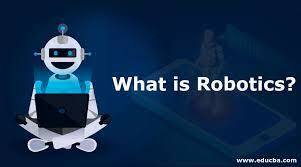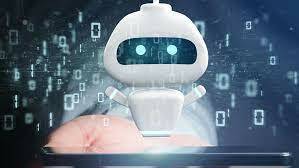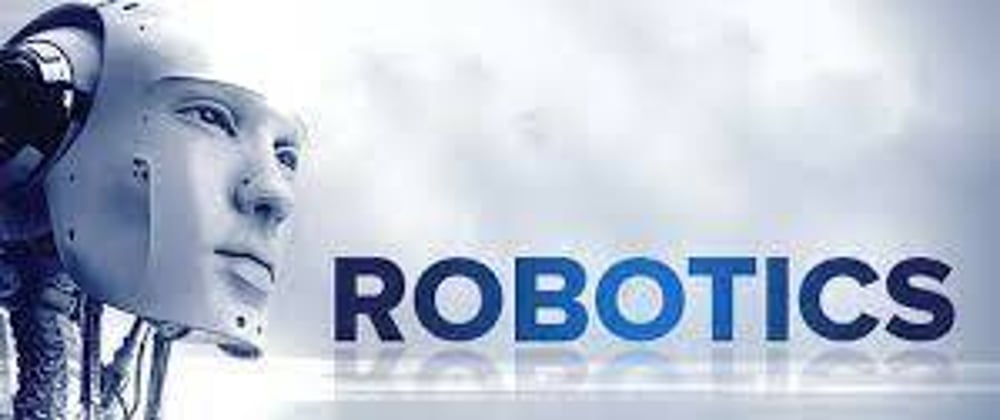INTRODUCTION:
Robotics is a branch of engineering and science that includes electronics engineering, mechanical engineering and computer science and so on. This branch deals with the design, construction, use to control robots, sensory feedback and information processing.

WHAT IS ROBOTICS?
Robotics is the intersection of science, engineering and technology that produces machines, called robots, that substitute for (or replicate) human actions. Pop culture has always been fascinated with robots. R2-D2. Optimus Prime. WALL-E. These over-exaggerated, humanoid concepts of robots usually seem like a caricature of the real thing...or are they more forward thinking than we realize? Robots are gaining intellectual and mechanical capabilities that don’t put the possibility of a R2-D2-like machine out of reach in the future.
What is a Robot?
A robot is a type of automated machine that can execute specific tasks with little or no human intervention and with speed and precision. Robots were originally built to handle monotonous tasks (like building cars on an assembly line), but have since expanded to perform tasks like fighting fires, cleaning homes and assisting with incredibly intricate surgeries. Each robot has a differing level of autonomy, ranging from human-controlled bots that carry out tasks that a human has full control over to fully-autonomous bots that perform tasks without any external influences.

CHARACTERISTICS:
- Appearance: Robots have a physical body. They are held by the structure of their body and are moved by their mechanical parts. Without appearance, robots will be just a software program.
- Brain: Another name of brain in robots is On-board control unit. Using this robot receive information and sends commands as output. With this control unit robot knows what to do else it’ll be just a remote-controlled machine.
- Sensors: The use of these sensors in robots is to gather info from the outside world and send it to Brain. Basically, these sensors have circuits in them that produces the voltage in them.
- Actuators: The robots move and the parts with the help of these robots move is called Actuators. Some examples of actuators are motors, pumps, and compressor etc. The brain tells these actuators when and how to respond or move.
- Program: Robots only works or responds to the instructions which are provided to them in the form of a program. These programs only tell the brain when to perform which operation like when to move, produce sounds etc. These programs only tell the robot how to use sensors data to make decisions.
- Behavior: Robots behavior is decided by the program which has been built for it. Once the robot starts making the movement, one can easily tell which kind of program is being installed inside the robot.
ADVANTAGES:
- They can get information that a human can’t get.
- They can perform tasks without any mistakes and very efficiently and fast.
- Maximum robots are automatic, so they can perform different tasks without needing human interaction.
- Robots are used in different factories to produce items like plane, car parts etc.
- They can be used for mining purposes and can be sent to earth’s nadris.
DISADVANTAGES:
- They need the power supply to keep going. People working in factories may lose their jobs as robots can replace them.
- They need high maintenance to keep them working all day long. And the cost of maintaining the robots can be expensive.
- They can store huge amount of data but they are not as efficient as our human brains.
- As we know that robots work on the program that has been installed in them. So other than the program installed, robots can’t do anything different.
- The most important disadvantage is that if the program of robots comes in wrong hands they can cause the huge amount of destruction.







Top comments (0)